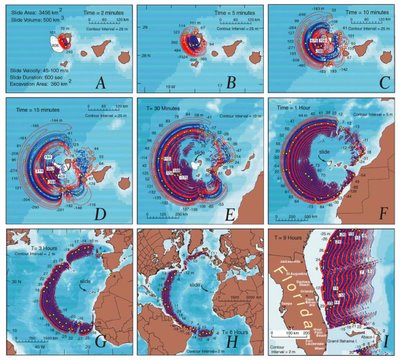Whiskers
Graphite Whiskers to Determine Fate of Our Universe?
Graphite is the carbon form seen in pencils, which are all a cosmologist really needs to work. By exposing graphite to common adhesive tape, physicists have produced graphene, a material with many potential uses. The APS meeting in Dallas last month was full of presentations on graphene and its applications. Recently graphite has been found to occur naturally in tubelike whiskers, even in Space. Today graphite whiskers have been found in Moon samples.
Apollo 17 landed in Mare Serenitatis. The Sea of Serenity is said to form one eye of the Man in the Moon. Mare Serenitatis was also home to the fictional Moon Kingdom in SAILOR MOON before it was overcome by cosmic dark energy. Apollo 17also carried Harrison Schmitt, the only geologist yet to have explored the Moon. Evidence from the Moon may be dark energy's undoing.
Our Apollo samples are over 40 years old, yet they still yield new discoveries. Examining Apollo 17 regolith samples using the technique of Raman spectroscopy, scientists at JPL have found traces of graphite whiskers. They could be leftovers from 3.9 billion years ago, when the Moon and solar systems underwent a Late Heavy Bombardment of meteors. The whiskers would have arrived on the Moon via meteorites, having formed in deep Space.
In 2008 other astronomers found traces of graphite whiskers in 3 different meteorites. Graphite dust may be common in the Universe. The dust would block light in infrared wavelenghts. If so, its presence might dim the light from distant supernovae. That dimming is the only evidence of "cosmic acceleration" or "dark energy." Other sorts of cosmic dust might also explain away dark energy.
Redshifts are related to the speed of light. The other explanation is that the Universe is not accelerating but the speed of light is slowing down. If the "accelerating" redshifts are caused by dust, there is other evidence for c slowing. Since this blog started, evidence for c change has also been found from the Moon. Like whiskers on the Man in the Moon, alternatives to "dark energy" continue to sprout.
UPDATE: "Dark energy" skeptic Subir Sarkar of Oxford reports that the Hubble WFC2 data only rules out some void models, not others. An assertion in the press that DE's existence has been proven is premature, to say the least.
Labels: dark energy, moon













